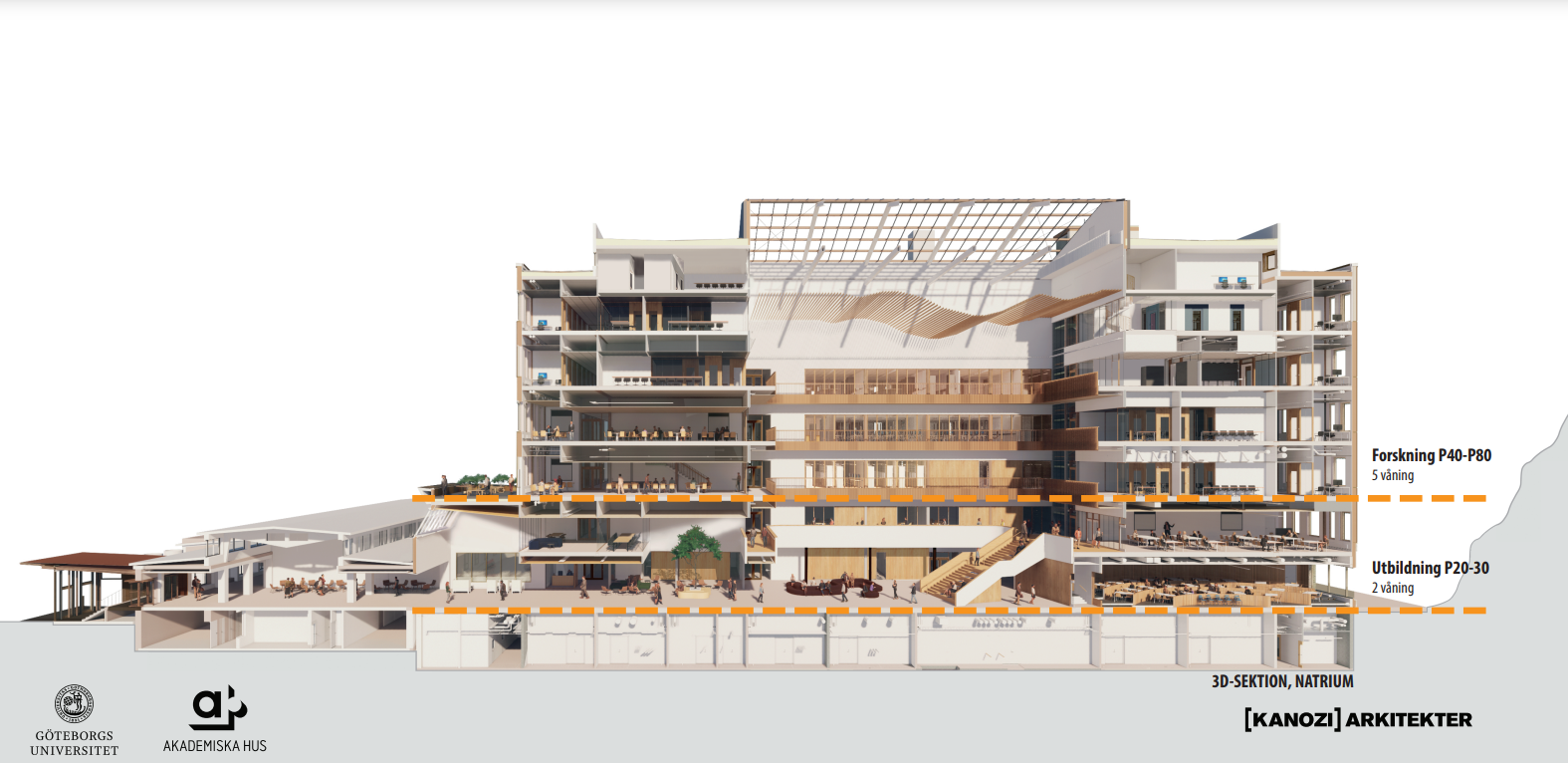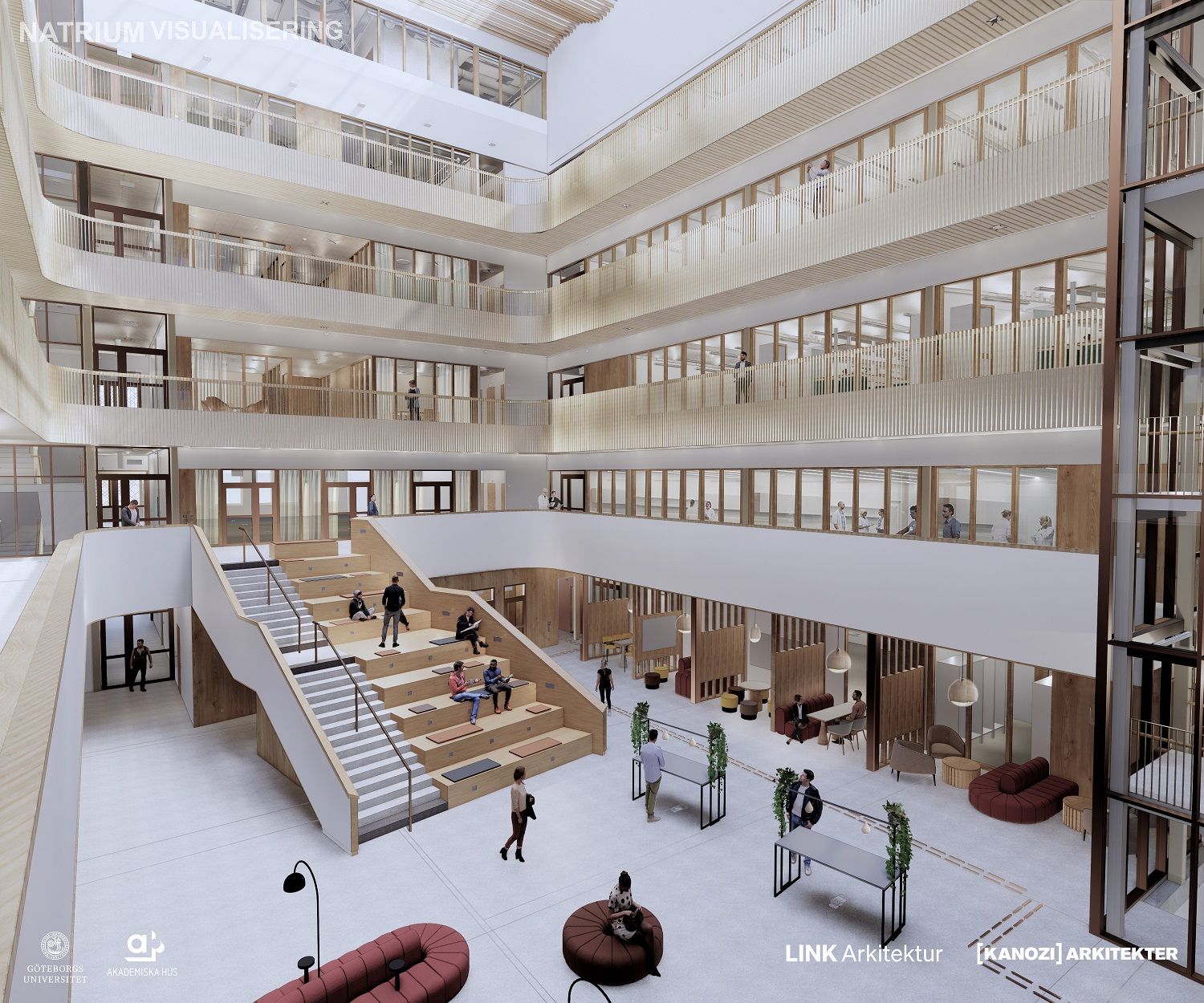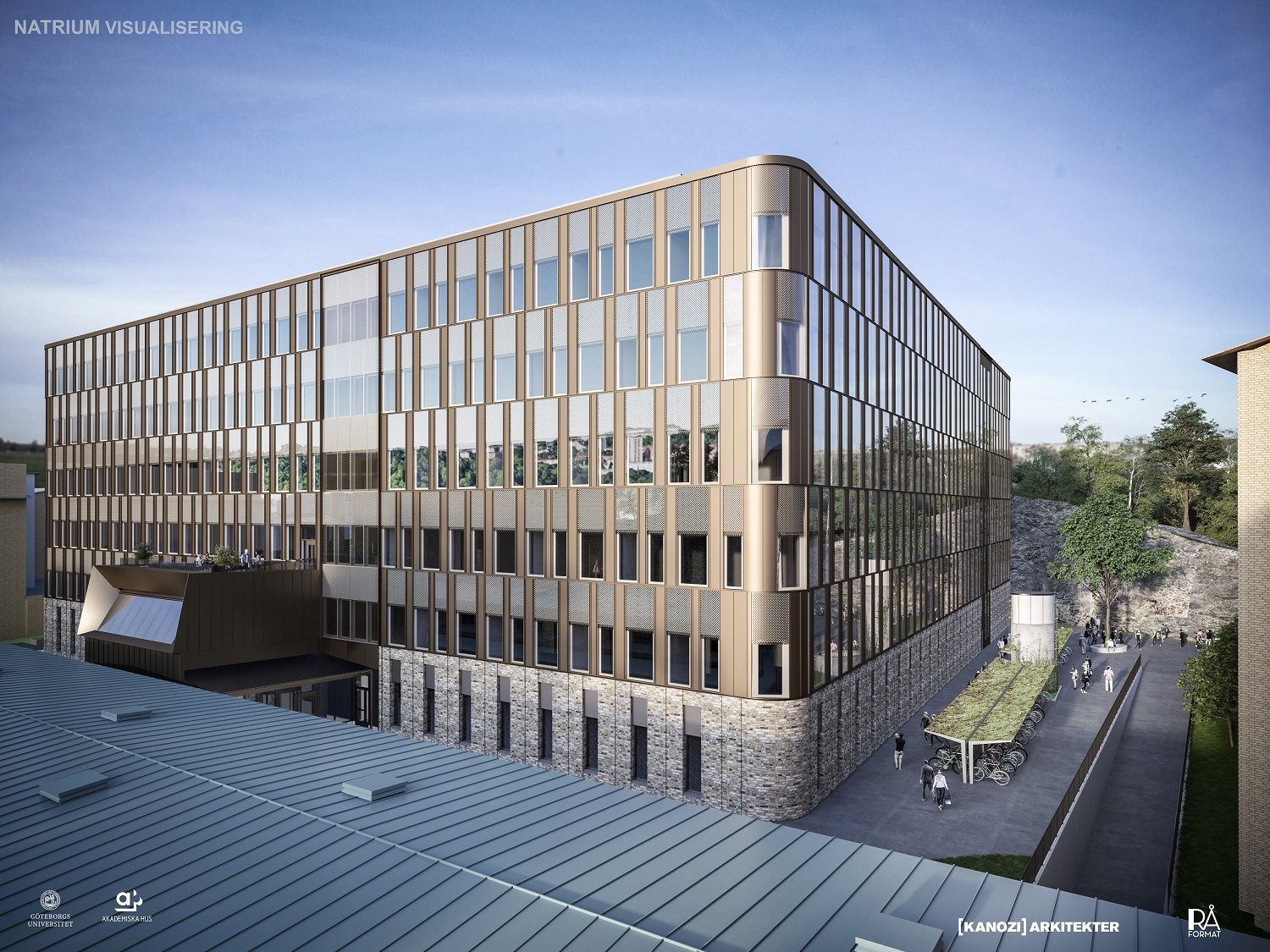Since November 2023, students have been able to study in an ideal learning environment: after almost three years, the new Natrium Science Building at the University of Gothenburg in Sweden was inaugurated. From now on, large parts of the Faculty of Science will be located here. This includes two buildings with research laboratories and teaching facilities for students and staff in all areas from chemistry to molecular biology.
Because the new faculty will house several different activities, high demands were placed on the building materials and construction systems. As the general contractor for the project, Skanska therefore chose interior walls from Xella - consisting of blocks and upright wall elements made of Ytong autoclaved aerated concrete and wall products made of Silka calcium-silicate blocks.


